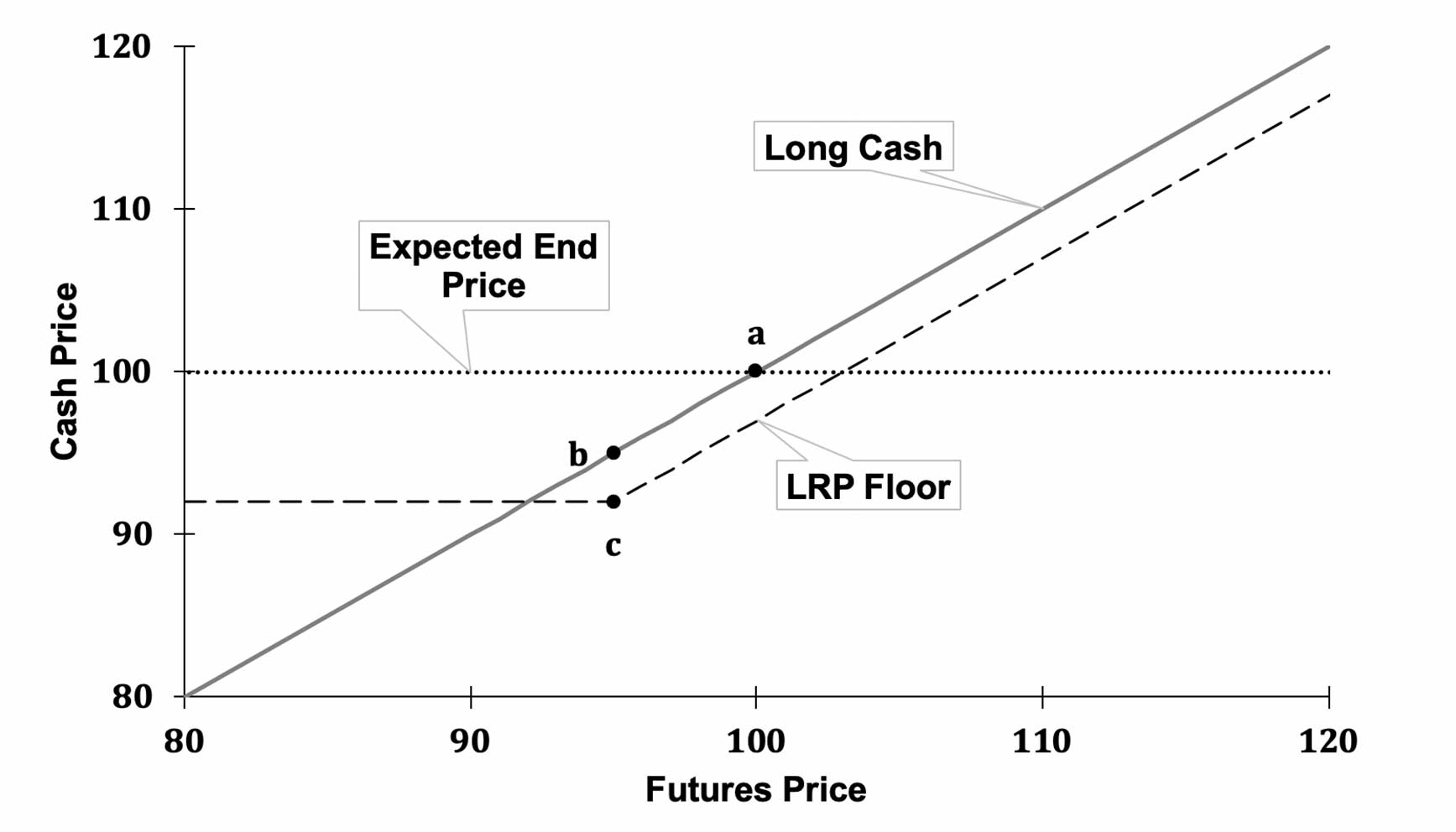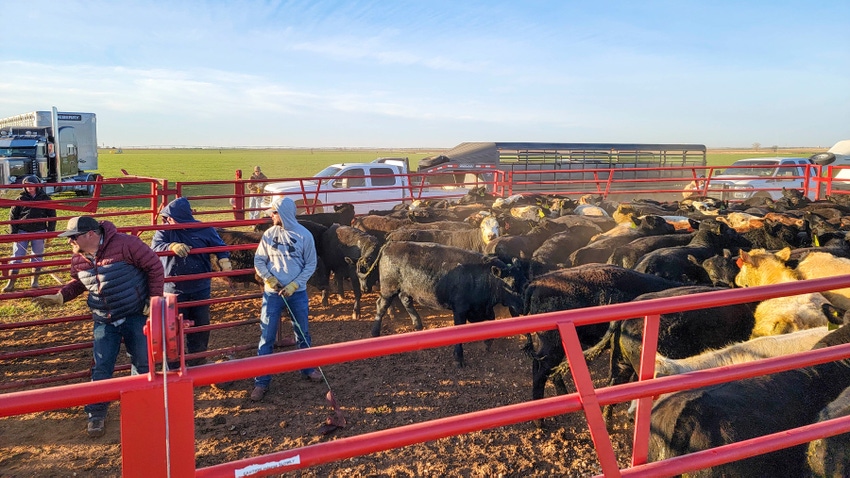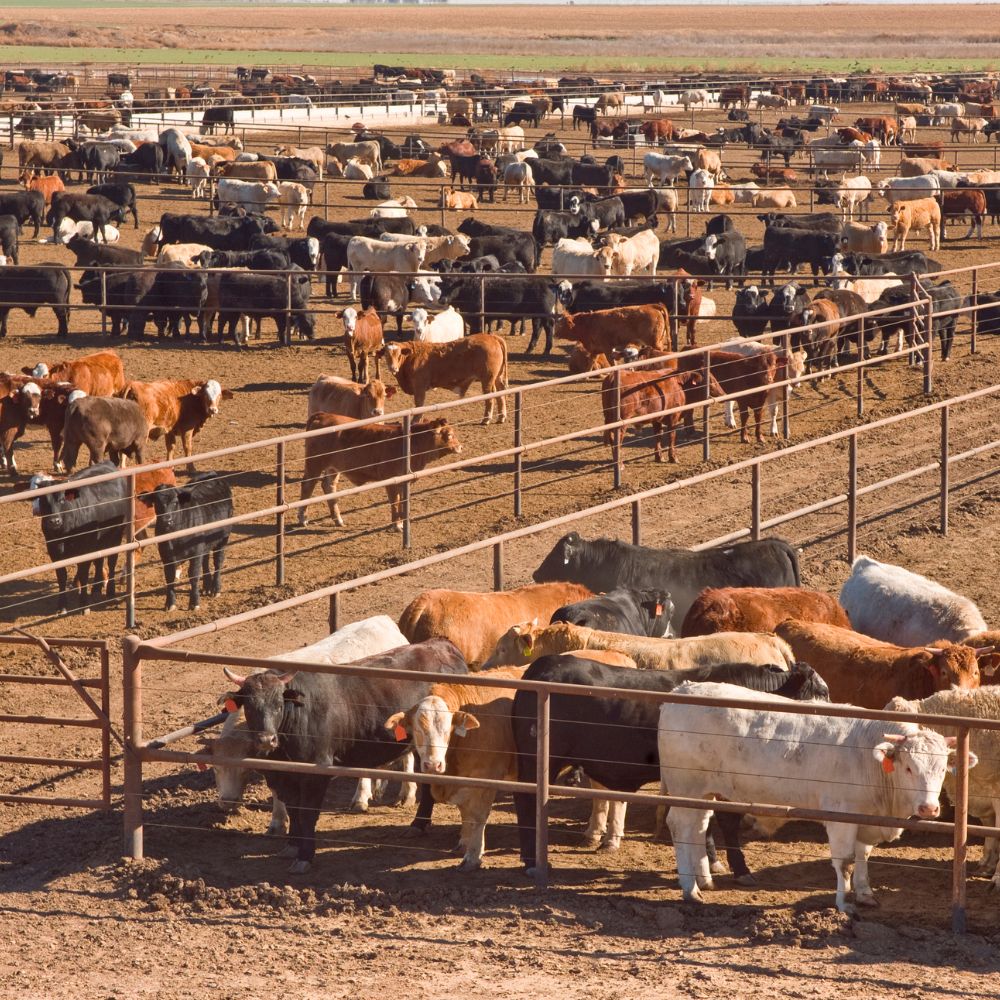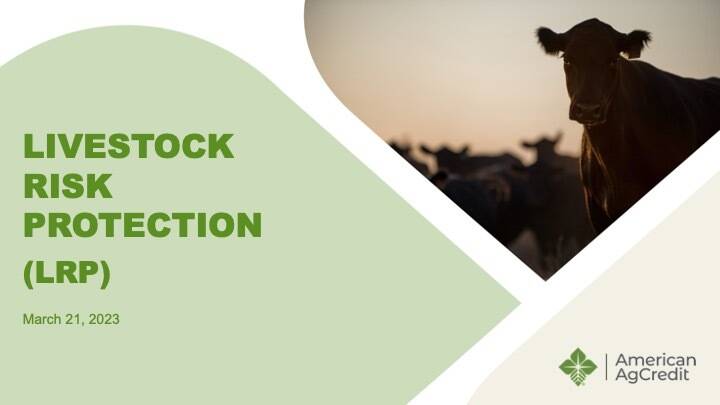Comprehending Livestock Danger Protection (LRP) Insurance Policy: A Comprehensive Overview
Browsing the world of animals threat protection (LRP) insurance can be a complicated venture for several in the farming field. From exactly how LRP insurance operates to the various protection choices offered, there is much to reveal in this comprehensive guide that can possibly form the means animals manufacturers come close to threat administration in their organizations.

How LRP Insurance Coverage Works
Occasionally, comprehending the auto mechanics of Animals Risk Security (LRP) insurance coverage can be complicated, but breaking down exactly how it works can supply quality for farmers and ranchers. LRP insurance is a risk administration tool designed to protect livestock manufacturers against unforeseen price declines. It's essential to note that LRP insurance coverage is not an earnings assurance; instead, it focuses entirely on price danger protection.
Eligibility and Coverage Options

When it comes to protection alternatives, LRP insurance supplies producers the adaptability to select the coverage degree, protection duration, and endorsements that best match their threat monitoring requirements. By understanding the eligibility standards and coverage choices offered, animals manufacturers can make informed choices to take care of danger successfully.
Advantages And Disadvantages of LRP Insurance Policy
When examining Livestock Danger Protection (LRP) insurance policy, it is essential for livestock manufacturers to evaluate the benefits and negative aspects integral in this threat administration tool.

Among the key benefits of LRP insurance policy is its capability to give protection versus a decline in animals prices. This can assist protect manufacturers from economic losses resulting from market variations. In addition, LRP insurance coverage supplies a level of versatility, permitting manufacturers to personalize protection degrees and plan periods to fit their certain needs. By securing a guaranteed cost for their animals, manufacturers can much better manage danger and strategy for the future.
One limitation of LRP insurance is that it does not shield versus all kinds of risks, such as illness break outs or all-natural catastrophes. It is important for producers to carefully analyze their individual threat direct exposure and financial situation to determine if LRP insurance policy is the best risk administration tool for their procedure.
Understanding LRP Insurance Coverage Premiums

Tips for Maximizing LRP Benefits
Optimizing the advantages of Livestock Danger Defense (LRP) insurance needs critical planning and positive danger monitoring - Bagley Risk Management. To take advantage of your LRP coverage, think about the complying with pointers:
Regularly Evaluate Market Conditions: Stay notified concerning market fads and price variations in the livestock sector. By keeping an eye on these aspects, you can make enlightened choices concerning when to acquire LRP insurance coverage to protect versus potential losses.
Set Realistic Coverage Degrees: When choosing coverage degrees, consider your manufacturing expenses, market price of animals, and possible risks - Bagley Risk Management. Establishing realistic protection levels ensures that you are appropriately Going Here shielded without paying pop over to these guys too much for unneeded insurance coverage
Diversify Your Coverage: Rather of depending solely on LRP insurance policy, think about expanding your threat management methods. Integrating LRP with various other risk monitoring devices such as futures contracts or options can provide thorough insurance coverage versus market unpredictabilities.
Review and Readjust Protection On a regular basis: As market conditions transform, regularly examine your LRP coverage to guarantee it lines up with your present danger exposure. Readjusting insurance coverage levels and timing of acquisitions can assist enhance your danger defense strategy. By adhering to these pointers, you can make the most of the benefits of LRP insurance coverage and secure your livestock operation versus unexpected threats.
Final Thought
To conclude, animals risk defense (LRP) insurance coverage is an important device for farmers to manage the economic dangers connected with their livestock procedures. By understanding just how LRP works, eligibility and coverage choices, along with the pros and cons of this insurance policy, farmers can make educated choices to protect their source of incomes. By very carefully thinking about LRP costs and applying strategies to make best use of benefits, farmers can reduce possible losses and guarantee the sustainability of their procedures.
Animals manufacturers interested in obtaining Livestock Threat Defense (LRP) insurance can discover a variety of qualification standards and coverage alternatives customized to their specific livestock procedures.When it comes to coverage options, LRP insurance coverage uses manufacturers the versatility to choose the coverage level, protection period, and endorsements that finest fit their danger administration requirements.To comprehend the complexities of Livestock Risk Defense (LRP) insurance fully, understanding the factors influencing LRP insurance costs is essential. LRP insurance policy costs are figured out by different aspects, consisting of the protection level picked, the anticipated check my reference cost of livestock at the end of the coverage duration, the kind of animals being guaranteed, and the length of the protection period.Review and Adjust Coverage Frequently: As market problems change, periodically assess your LRP insurance coverage to guarantee it lines up with your current risk direct exposure.